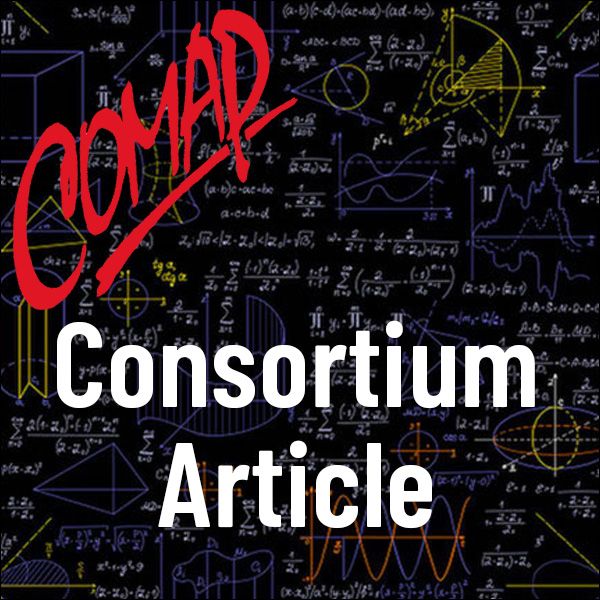Boxes
Author: Joseph Malkevitch
As we navigate the world around us we see many shapes that we might describe as convex (no notches or holes) “boxes.” Examples of convex boxes include cereal box packages, apartment buildings, books, the shape that panettone (a sweet Italian fruitcake pastry) is often sold in, and shipping containers. The most symmetrical kind of box, which I will refer to as the regular cube, has 48 isometries (distance preserving transformations (rotations, reflections) of the solid to itself. Can mathematics give insights into classifying and counting different kinds of such boxes? The answer is yes, and Stewart Robertson, using the symmetry properties of a cube (group theory). counted 22 different kinds of convex boxes, which are sometimes called cuboids. You may want to see if you can find examples (or make models) of the 22 types he described. Before looking at a different approach to symmetry considerations for classifying box types, let me first look at a framework for looking at classification and enumeration problems.

Mathematics Topics:
Application Areas:
You must have a Full Membership to download this resource.
If you're already a member, login here.